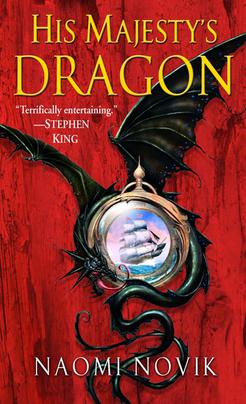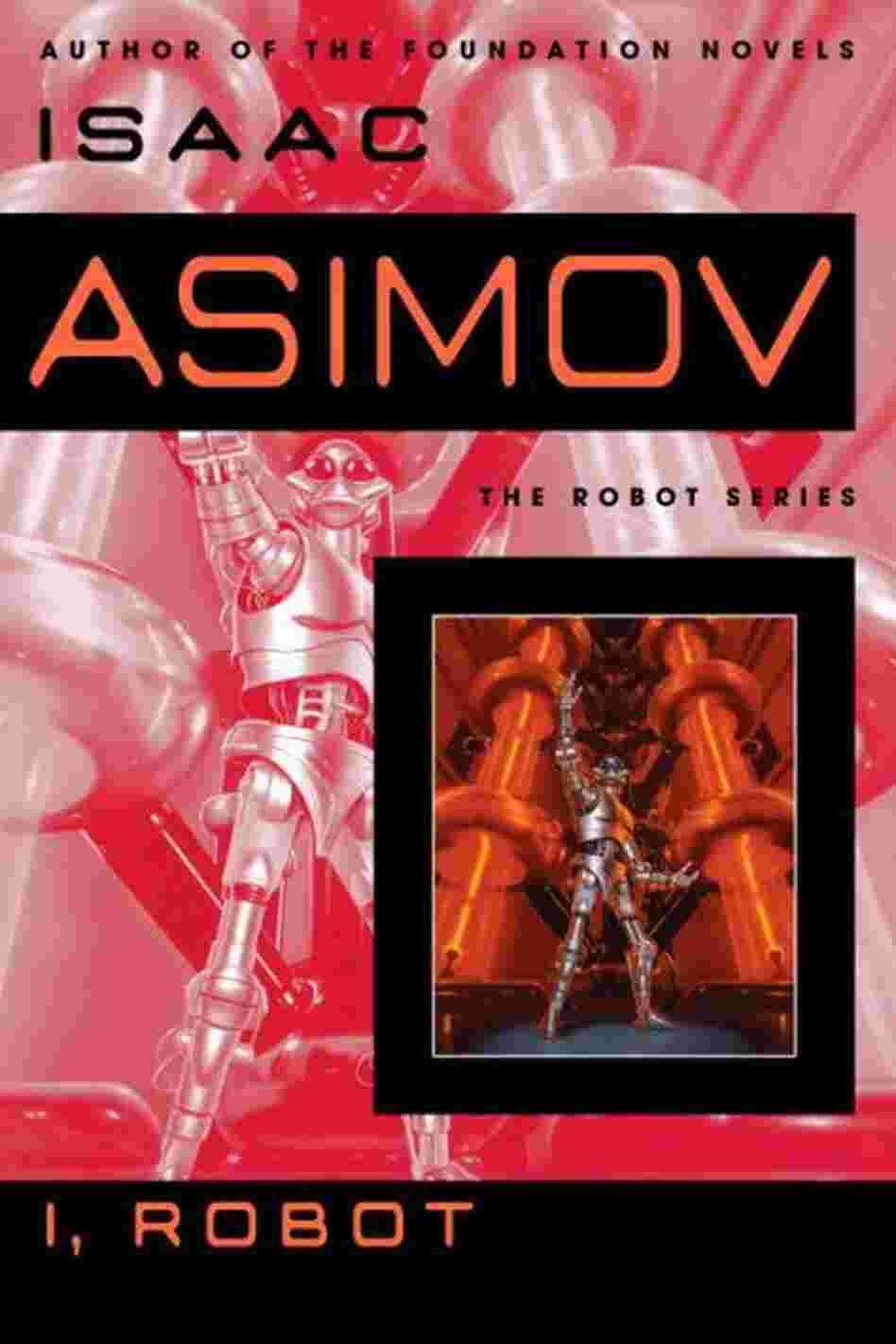 Cordelia’s Honor (omnibus edition)by Lois McMaster Bujold
Cordelia’s Honor (omnibus edition)by Lois McMaster Bujold
Read in June 2009
Warning: Spoilers
Shards of Honor
I read this as part of the omnibus edition entitled Cordelia’s Honor.
Cordelia Naismith is the “Juliet” to Aral Vorkosigan’s “Romeo.” Star-crossed (galactically speaking) lovers separated by time, space and politics but thankfully without the suicidal tragic ending.
Cordelia spends six days as Aral’s prisoner on a planet her team was surveying for her home colony Beta. During that time, the inevitable occurs and they fall in love. Circumstances prevent consummation, so unrequited love prevails as they part the first time.
Her second encounter with Aral results in the more traditional prisoner of war scenario, although he did manage to rescue her from torture and rape by a deranged officer. She spends weeks as a prisoner, ironically back on the planet she was originally surveying, having little or no contact with Aral until the prisoner exchange negotiations complete. A second proposal of marriage, their first kiss, but the stars are just not aligned.
Cordelia returns home, more exhausted from avoiding psychotherapy from her escort, only to be further “tortured” by her own employer, the military. Since she is not a civilian, she can’t refuse treatment. Cordelia’s vision of democratic bliss crashes in on her and she escapes back to Barrayar and the political cesspool of their Empire … and Aral.
Cordelia finds Aral at the Vorkosigan estate, committing slow suicide by alcoholism. She saves his life by accepting his marriage proposal. All is bliss until the Emperor plays his final card on his deathbed, asking (actually commanding) Aral to be the Regent for his heir.
I liked the story of these two characters. The action, adventure, intrigue and romance were all well done, just not always convincing.
The science part of the science fiction was very much in the background – weapons, defense technology, pilot-navigation computer interfaces, etc. – all essentially unexplained but assumed to be plausible.
I’ll be reading the Hugo winning Barrayar, the second half of the omnibus edition Cordelia’s Honor, starting today.
Barrayar
I read this as part of the omnibus edition Cordelia’s Honor. Barrayar is an impressive, richly layered, multifaceted sequel well deserving of the Hugo award it received in 1992.
I warmed to Cordelia as she struggled with the culture shock of her adopted Barrayaran world. Her observations contrasting life on Beta with the sometimes barbaric and backward Barrayar society lent credibility to her actions.
Even though the first book, Shards of Honor, had more traditional science fiction elements, like space ships, wormholes, advanced technology and weaponry, Barrayar felt more convincingly like science fiction. I really connected with Cordelia, the marooned egalitarian Betan in the ocean of Barrayar Imperial political intrigue and corruption.
As the author notes in her Afterword, much of this story is devoted to different variations on motherhood. Perhaps that is what appeals to me the most. So many children at risk, even from their own male family members, and so few women to guard and protect them.









